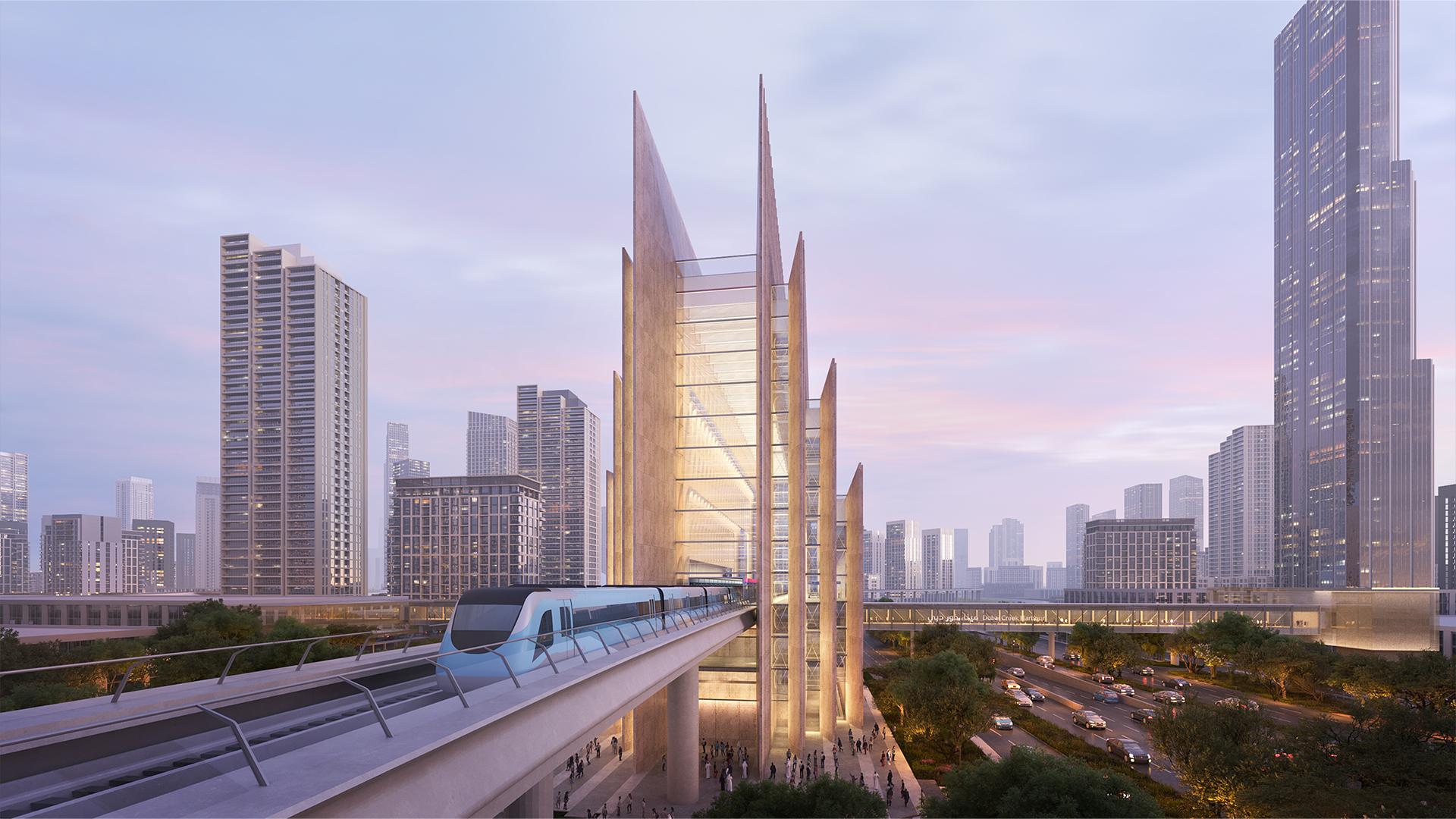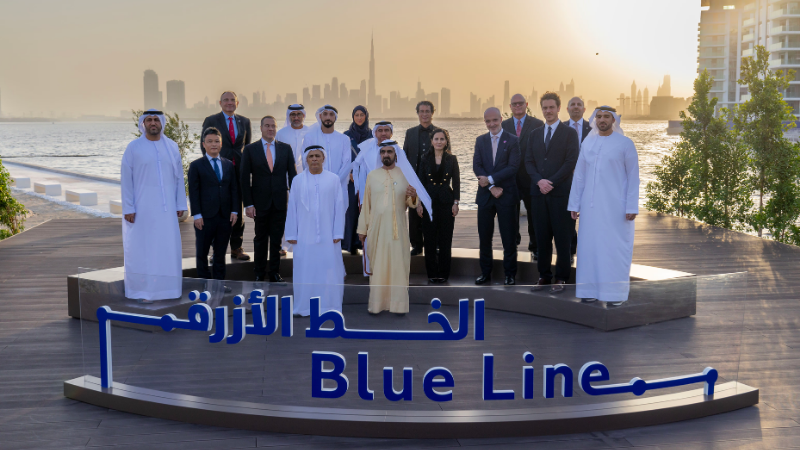Dubai Metro Blue Line: Connecting Communities and Creating Real Estate Potential
Dubai’s infrastructure continues to evolve in bold, intentional ways and the launch of the Dubai Metro Blue Line is a clear reflection of that vision.
Spanning 30 kilometers with 14 new stations, the Blue Line is set to connect key residential, commercial, and educational zones, including Mirdif, Dubai Silicon Oasis, Academic City, and International City, all the way to Dubai International Airport Terminal 1. Once complete, it will also provide seamless interchange points with the existing Red and Green Lines, making it one of the most strategically integrated transport upgrades in the city’s recent history.
But beyond just improving mobility, the Blue Line is poised to reshape the real estate landscape across Dubai’s eastern and inland corridors.
Why the Blue Line Matters
With a planned completion date around 2029, the Blue Line supports the Dubai 2040 Urban Master Plan by boosting connectivity and easing congestion on major roads like Sheikh Mohammed Bin Zayed Road.
It brings long-overdue access to established but underserved neighborhoods. These areas, once seen as peripheral, are quickly becoming more central to both residents and investors.
Infrastructure Moves, and Real Estate Follows
The impact of metro lines on real estate in Dubai is well documented.
The Red Line transformed Dubai Marina, Al Barsha, and Business Bay into high-demand zones. The Green Line revitalized neighborhoods like Deira and Al Qusais. And now, early signs show the Blue Line is starting to drive similar patterns, with rent prices in some communities already rising by 20 to 43 percent, according to recent market data.
This reflects a broader trend: wherever connectivity improves, demand follows.
For investors, this is where value lies. Entering markets before infrastructure is complete often provides a window for lower entry costs and stronger long-term appreciation.
Where to Focus: High-Potential Communities
Here are a few key areas expected to benefit from the metro upgrade:
- Mirdif
Traditionally a quiet, family-friendly suburb, Mirdif will soon offer direct metro access. This will enhance daily commutes, improve rental demand, and support price growth in both the mid- and upper-mid property segments. - Dubai Silicon Oasis
Known for its business parks and tech appeal, Silicon Oasis is now emerging as a serious residential investment zone. The metro will further boost its positioning as a well-connected, balanced community. - Academic City
Home to universities and international campuses, this area has always had strong rental appeal among students and faculty. With metro access, its real estate market becomes even more attractive for investors looking at high-yield leasing opportunities. - International City
Often overlooked, this affordable district is likely to see a new wave of interest. The Blue Line brings enhanced convenience for its large expat population and opens doors for capital appreciation in its diverse residential stock.
Each of these areas is positioned for long-term value as the metro line takes shape.
What This Means for Buyers and Investors
Timing matters in real estate, and this is a rare moment of alignment between affordability and future infrastructure.
Most of the neighborhoods along the Blue Line corridor are still priced competitively. They offer better rental yields compared to more saturated zones, and yet are poised for growth as the metro completion nears.
Whether you’re an investor looking for long-term capital appreciation, a buyer planning your first off-plan purchase, or simply someone seeking a well-connected home at a reasonable price, the Blue Line opens up real possibilities.
Dubai’s Vision in Motion
This project is not an isolated upgrade. It fits within a wider commitment to build a more sustainable, accessible, and people-centric Dubai.
The 2040 Urban Master Plan outlines a clear strategy to support growth in five main urban centers, improve mobility networks, and enhance quality of life across all districts. The Blue Line supports this by making outer communities not just reachable but desirable.
Final Thoughts
In Dubai, infrastructure is never just about movement. It’s a marker of value, intention, and future potential.
As the Blue Line comes to life, it will redefine how people live and move across the city. And for the real estate market, it’s already unlocking a new layer of interest and investment.
At Roots Home Real Estate, we see this as more than a transport upgrade. It’s a signal of what’s next. And those who invest with vision today will be the ones who benefit most in the years ahead.

